Labels for Safety, Visuals and Facility ID Desktop Printers
Labels for Product, Wire and Lab ID Benchtop Printers
Labels for Safety, Visuals and Facility ID Desktop Printers
Labels for Product, Wire and Lab ID Benchtop Printers
Safety and Facility ID Desktop Printers
Product, Wire and Lab ID Benchtop Printers
Barcode Scanners and RFID Readers
PaintStripe Floor Marking Stencils
Valve Lockouts & Hose Lockouts
Group Lock Boxes & Permit Control
Pipe Marker Accessories & Mounting Brackets
Maintenance and Production Tags
Calculators and Assessment Tools
Product Finders and Data Sheets
Health and safety organizations help to ensure employees and members of the public remain safe on work sites while retaining their rights. With 2.6 million incidents occurring in 2021 alone, it’s fair to say that workplace injuries and illnesses are common. The work of health and safety organizations, however, has helped this number decrease from past years as better safety standards are implemented and enforcement of those rules improves.
The Occupational Health and Safety Administration (OSHA), which has been part of the U.S. Department of Labor since 1970, is the agency responsible for making workplace safety practices, such as wearing personal protective equipment (PPE) and requiring appropriate labeling or signage to warn of potential hazards.
American National Standards Institute (ANSI), on the other hand, is a private non-profit institute established first in 1918 to promote and facilitate voluntary safety standards and assess safety performance.
Here is a look at these two safety organizations and how their standards have moved closer together in recent years.
The Department of Labor’s Occupational Health and Safety Administration is known almost universally by the acronym OSHA. Its ability to regulate workplace safety comes from the Occupational Health and Safety Act (OSH Act) of 1971.
OSHA has several areas of focus, including safety practices and protections in the workplace, workers' rights to have and use such protections, and the safety of products made by employees. OSHA also regulates the proper handling, storage, and disposal of hazardous materials.
OSHA oversees health and safety practices for all American private sector companies and their employees. The regulations can, in some cases, also apply to government employees, though some federal and state agencies operate under different regulations.
OSHA regulations are codified by documents such as 29 CFR.
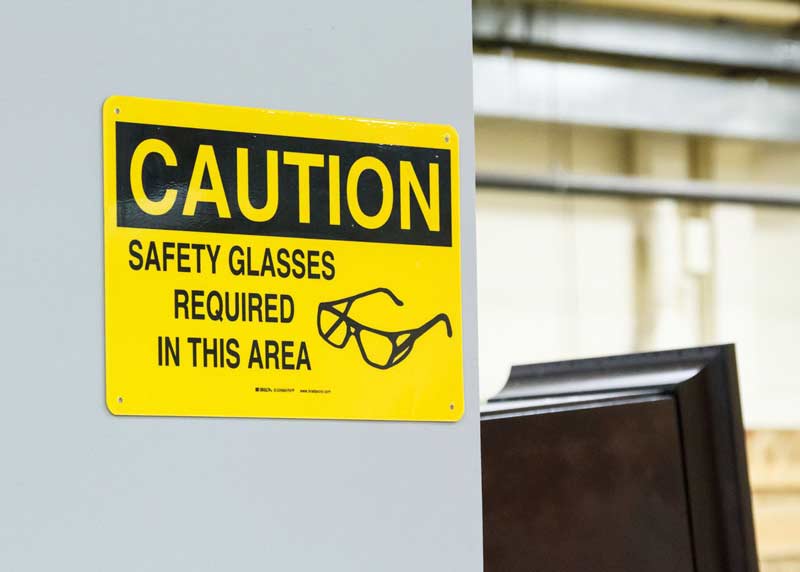
The 29 CFR Standard refers to Title 29 of the Code of Federal regulations. This document details many of the requirements for workplace health and safety and workers' rights regarding these subjects. These rights can include employee protections against retaliation for reporting or complaining about safety issues.
In addition to laying out rules that companies need to follow, the regulations seek to standardize safety signs and symbols. Standardized messaging, colors and imagery on signs allow workers to easily recognize and understand potential hazards.
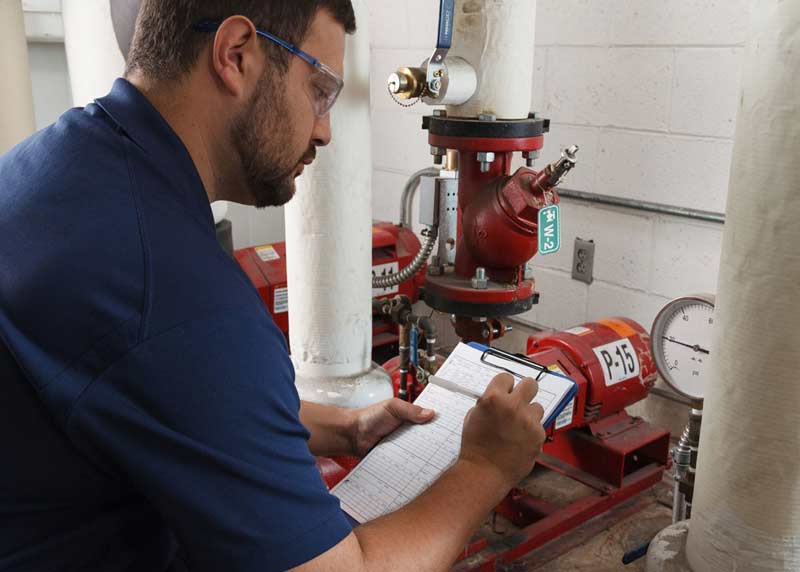
OSHA relies on Compliance Safety and Health Officers (CSHOs) to perform inspections. CSHOs will typically arrive unannounced for an inspection. Inspections conclude with a report that lists any issues found, and the steps the company needs to take to come into compliance, such as adding signage, labels, floor markings, or providing protective equipment for workers.
Serious breaches or repeated non-compliance can result in fines and other punishments.
When there is a serious workplace accident or a verifiable complaint from an employee, OSHA investigators can inspect the scene and see if violations led to the incident.
OSHA offers voluntary compliance programs for employers who want to proactively improve health and safety standards and avoid potential issues. The agency also offers training materials and resources to help companies teach employees how to comply with the standards.
Like OSHA, the American National Standards Institute is almost universally known by its acronym: ANSI. Unlike OSHA, however, ANSI does not enforce regulations. It works with a wide range of stakeholders, including consumer organizations, industry associations and rights groups, to develop voluntary health and safety standards and protocols for the workplace and products and services.
ANSI coordinates the development of voluntary standards for products, services, processes, systems and personnel health and safety for companies in the United States. It offers accreditation for anyone who meets these benchmarks.
ANSI covers a broad range of subjects. For example, the organization has created pipe marking standards that identify the contents of pipe systems and warn of potential hazards. This is an example of the ANSI Z535 Standard, which covers all workplace signage and hazard communications.
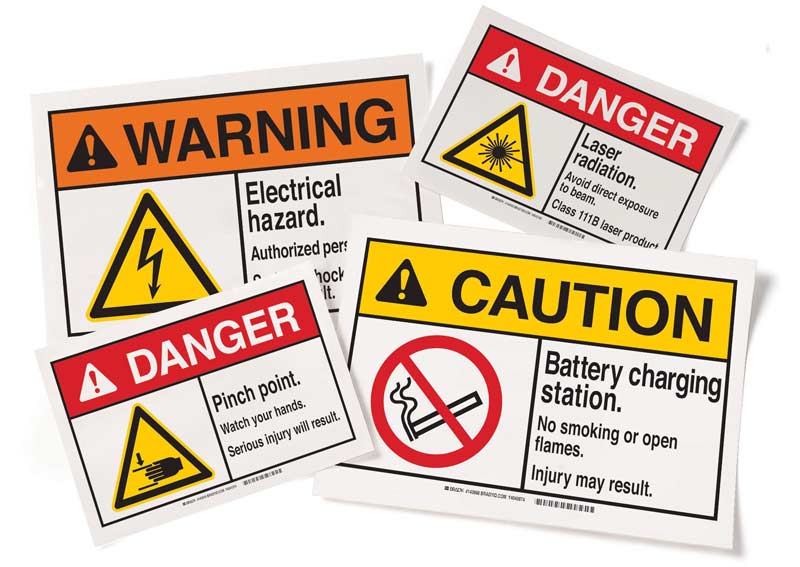
The ANSI Z535 Standard is a series of safety signage norms developed by ANSI. The goal is to standardize design, placement, symbols and colors to create universally recognized warnings and directions for safe activity.
The standard also covers the text of signage, requiring each sign to have similar instructions that accurately communicate the necessary steps to meet the health and safety criteria.
ANSI focuses on the development of critical health and safety standards, but these steps are voluntary. The organization does not have the authority to use fines or other penalties to enforce its rules.
That said, ANSI standards are often more focused and specific than OSHA regulations. OSHA will sometimes adopt ANSI standards, making them enforceable and required by law.
Companies that wish to retain accreditation from ANSI do need to meet its standards continuously. Though ANSI inspections do not lead to fines, non-compliance could lead to a company losing its accreditation.
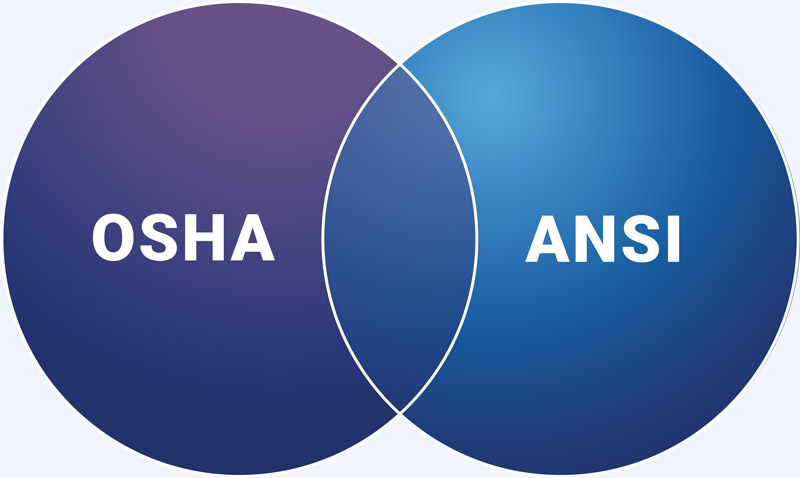
Occupational Safety and Health Administration
American National Standards Institute
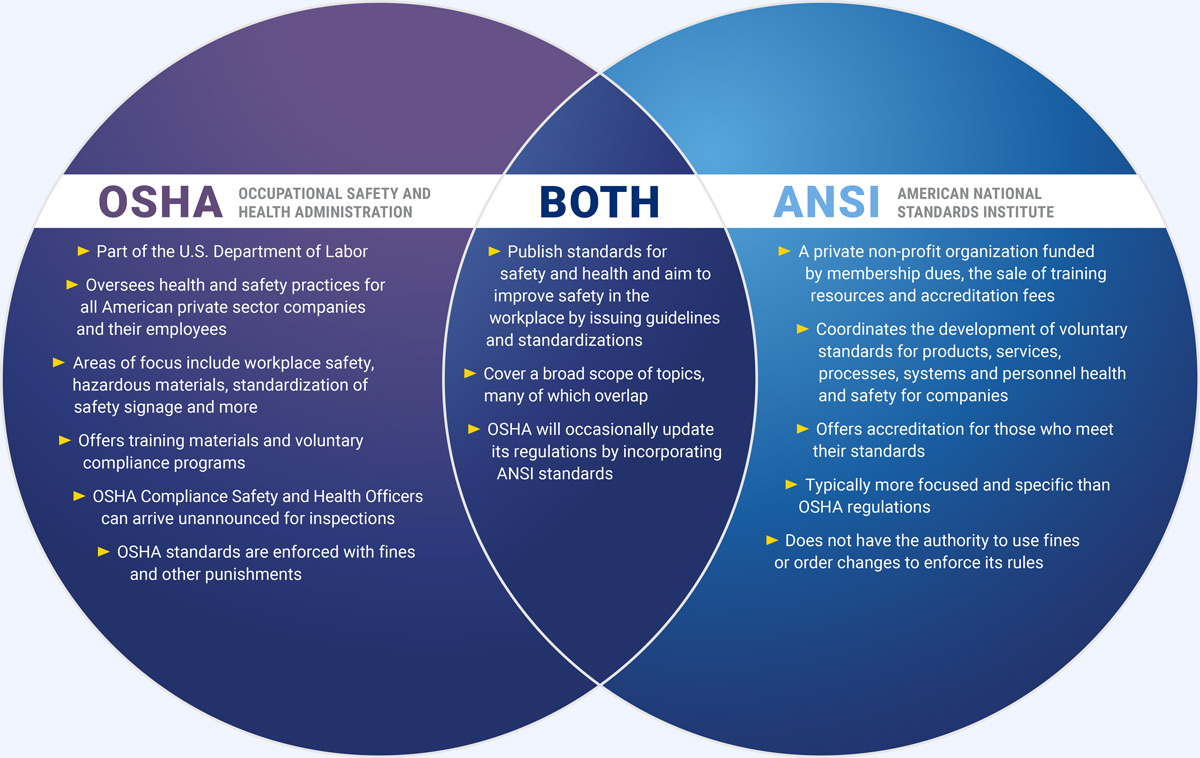
The two have a significant number of similarities.
Most importantly, both organizations provide education, resources and training on safety and health.
OSHA has been known to update its regulations by incorporating certain ANSI standards. When it does this, the goal is typically to create a more comprehensive approach to workplace safety.
An example of this is aerial lift regulations. OSHA changed rules related to the design and operation of this machinery and adopted more-stringent ANSI standards, making them enforceable by law.
Another instance is eye and face safety. OSHA regulations now match ANSI standards, which include protective shades and thickness requirements.
The primary difference between OSHA and ANSI is OSHA's power to enforce regulations. ANSI offers guidelines that companies can adopt on a voluntary basis. However, non-compliance does not result in penalties, though violations could lead to a loss of accreditation or membership.
Also, OSHA is part of the U.S. government and receives government funding, while ANSI is a private non-profit organization funded by membership dues, the sale of training resources and accreditation fees.
Companies that wish to join ANSI can apply for membership. Options are available for both companies and individuals, so small businesses and individuals responsible for safety at larger companies can apply.
Finally, ANSI offers references that allow companies to find industry-specific guidelines that can help them comply with the standards.
Implementing safety initiatives and promoting health in the workplace are essential for creating a safe and productive work environment. Achieving this, however, requires planning and work. Brady offers comprehensive safety solutions that can help businesses comply with OSHA regulations and ANSI standards in addition to providing a wide range of identification solutions to help you stay in regulatory compliance.
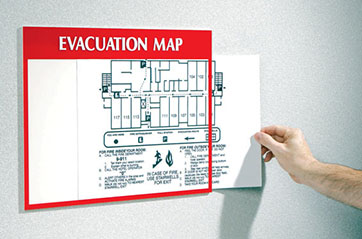
Gain deeper understanding of OSHA compliance
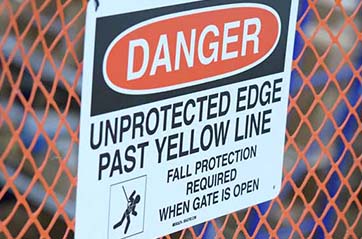
Dig into the details of the top violations